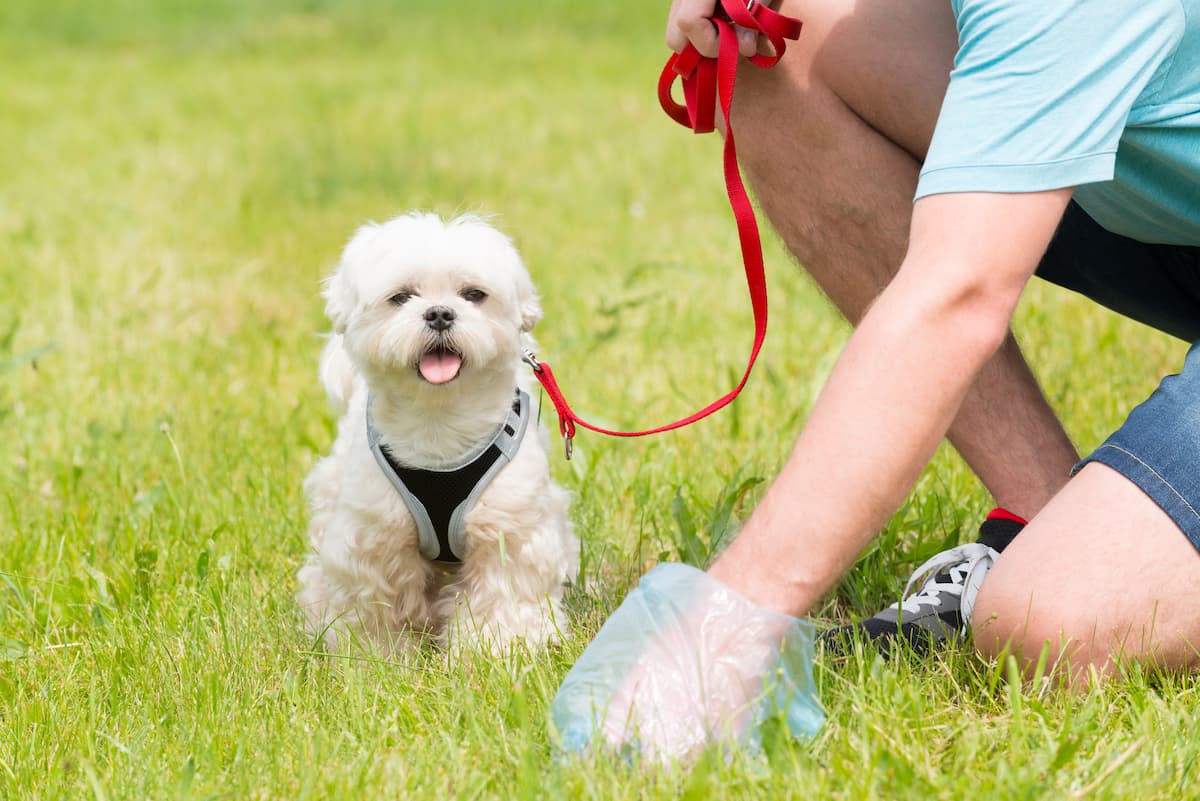What You Should Know About Your Pet’s Poop
Updated on June 06, 2024

As a veterinarian, a lot of my time is spent on poop — looking at it, talking about it, thinking about it — all in the service of assessing the health of the pet from which it came. Poop provides a wealth of information, which is why it may seem that veterinarians ask you about your pet’s poop — and request samples of it — pretty much every time you come into the clinic.
Of course, pet owners also pay a good deal of attention to their animals’ poop — according to pet insurer VPI, diarrhea was No. 7 on the top 10 list of reasons dogs and cats are taken to the vet. We all know what an ideal stool should look like, right? Not too hard, not too soft, just right. But some variation on that theme is normal and doesn’t necessarily mean you have to rush your pet in for a vet visit.
Some cases of abnormal stools are absolutely an emergency; others just feel like one, especially if you’re the one tasked with cleaning the carpet. One of the more common questions we answer over the phone is Do I need to bring my pet in? It’s always worth asking. When we talk about poop, here’s what we’re looking for.
The Four C’s of Poop
All featured products are chosen at the discretion of the Vetstreet editorial team and do not reflect a direct endorsement by the author. However, Vetstreet may make a small affiliate commission if you click through and make a purchase.
Just for fun, consider this odd comparison — a veterinarian and a jeweler. A jeweler evaluates the quality of a stone based on size and color and abnormalities, using a specific set of criteria. Veterinarians do something similar, albeit on a much higher level, with your pet’s excrement. Sadly for those with weak stomachs, we often use food analogies to describe the different elements of pet stool. Sorry about that.
Color: A happy, healthy body produces chocolate brown stool. This color comes from bile, a fluid released from the gallbladder to help digest food, and bilirubin, a pigment in the bile. Though some variation in color is normal, certain color changes always catch our attention. Bright red streaks may indicate bleeding low in the GI tract, while tarry black or maroon stools can be caused by bleeding in the stomach or small intestines. Clay-colored or pale yellow stools can be caused by problems with the liver, gallbladder or pancreas. Any significant deviation from the chocolate brown color that persists for more than one or two stools is cause for concern. An exception would be color changes that reflect the pet’s diet, such as kibble containing food coloring that results in flecks of color.
Consistency: You may be surprised to know that some veterinarians use a numerical system to score the consistency of a pet’s stool. Yes, we get that specific. The fecal scoring system assigns a value to the stool from 1 to 7, where 1 represents very hard pellets and 7 is a puddle. The ideal stool is a 2: a firm segmented piece, caterpillar shaped, that feels like Play-Doh when pressed. Some pets naturally have squishier poops than others do, but all stool should hold its form. A single cow pie is rarely a cause for concern, aside from the question of how to pick it up off the grass, but call us for formless stool lasting more than a day.
Coating: Stool shouldn’t have any coating; you should be able to pick up the perfect poop without leaving any residue on the ground. A coating of mucous often accompanies disorders of the colon. Bright red blood may also be present in a pet’s stool, which is always alarming for owners. Though a single streak of red on a stool can happen for a variety of reasons and is often not a cause for concern, bleeding that persists for more than one stool raises a red flag.
Contents: Do I expect you to dissect your pet’s stool at home to give me a rundown of what you’re seeing? Absolutely not, but people do it anyway. Rice-shaped flecks of white or long, wriggly spaghetti-like strands (I warned you about the food comparisons) mean your pet may have worms. Excessive grass can accompany GI upset; clumps of hair can indicate overgrooming due to allergies, stress or a list of other medical conditions. Sometimes the stool will provide obvious clues to what your pet has been up to while you’re away, like chewing up your underwear or eating crayons. But if you don’t want to play CSI with your pet’s poop, I understand — we pay people to do that for you.
PRO TIP: Support your dog’s digestive tract naturally with an American-made chewable solution from Great Poop. Each chicken-flavored chew contains prebiotics, probiotics, and fiber for firm poops and relief from constipation, gas, and diarrhea. Your veterinarian can guide you as to when to start adding it to your dog’s daily routine.
In general, I tell pet owners not to rush to the vet after one abnormal stool unless the stool contains a large amount of blood. Many mild cases of stomach or intestinal upset resolve on their own, and thank goodness for that. But any changes that persist for more than two stools or 24 hours do warrant a call to the vet, as does any change accompanied by a decrease in activity or altered eating behavior. When in doubt, give us a ring: Your friendly local poop experts are always here for you.
More on Vetstreet:





